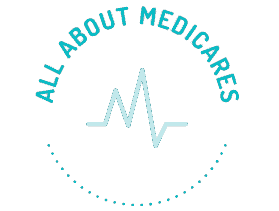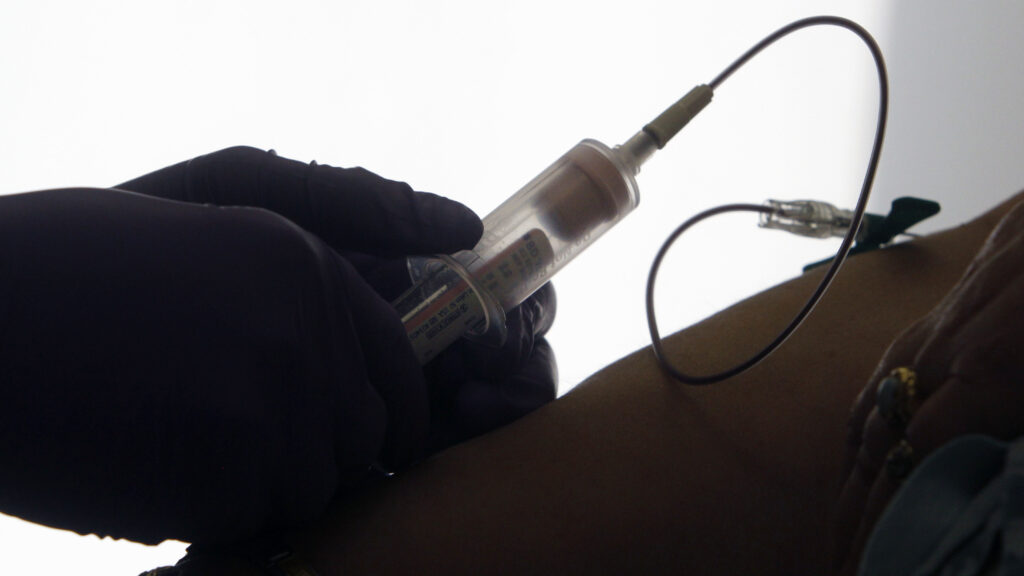It would be crazy for members of Congress to introduce a bill mandating that Medicare pay for an expensive cancer screening test backed by zero proof that it saves lives. It would be even crazier for the American Cancer Society to argue that mandating coverage for this unproven, expensive test would somehow address health disparities.
Crazy, but true.
The Medicare Multi-Cancer Early Detection Screening Coverage Act of 2021 is a bipartisan effort that currently has 144 cosponsors in the House of Representatives and 30 cosponsors in the Senate. It would require Medicare to cover annual genomic sequencing of blood for the purpose of “early detection of cancer across many cancer types.”
Do liquid biopsies work as advertised?
Multiple companies are engaged in developing liquid biopsies. They all promise the same result: lives will be saved. One projects that if all Americans between the ages of 50 and 79 had annual liquid biopsy tests, 90,000 to 100,000 deaths could be prevented each year.
If true, that would be amazing. But the truth is that no one has studied if liquid biopsies save lives.
Given the absence of data, the Medicare Multi-Cancer Early Detection Screening Coverage Act begins with an assertion: “Detecting cancer early, before it has spread throughout the body, saves lives.” That is followed by the shopworn argument for screening: early-stage, localized cancers have a 5-year survival rate of approximately 90%, while late-stage, metastatic cancers have a 5-year survival rate of approximately 20%.
Although those rates are true, it’s a fallacy that they provide evidence that screening will save lives. First, earlier detection of some cancers might not be possible. Despite four decades of mammography screening, for example, the incidence of metastatic breast cancer remains virtually unchanged. Very aggressive cancers have often spread by the time they become detectable.
Second, while earlier detection of some potentially aggressive cancers may be possible, earlier treatment may not alter the time of death. Survival statistics hide this possibility. Of course, people with early-stage cancers have longer survival times than those with late-stage cancers — their “survival clocks” were started earlier. Survival is measured from the time of diagnosis to the time of death, so longer survival does not necessarily mean living to an older age. The problem is so ubiquitous it even has a name: lead time bias.
Third, high survival statistics can actually indicate a problem. The 5-year survival of 90% for early-stage cancers, for example, includes many cancers detected by blood tests, like prostate cancer and the PSA test, or by imaging, like breast cancer and mammography, that were not destined to progress to become late-stage cancer or cause death. Overdiagnosis — common in breast, prostate, thyroid, and melanoma skin cancers — dramatically inflates survival rates. Higher survival driven by overdiagnosis is not a benefit, but a harm, with more people diagnosed and treated for “cancers” that were never going to cause problems.
Lead time and overdiagnosis can only increase survival statistics. Using them to argue for screening always leads to the same answer: more screening. We wouldn’t expect members of Congress to know this, but the people feeding them these data ought to.
To learn whether liquid biopsies can actually save lives, they should be subjected to a genuine experiment — a randomized trial in which half the participants have routine liquid biopsies and half do not. The National Health Service (NHS) in England is currently enrolling 140,000 people in such a trial. Hopefully, those running the trial will measure the most relevant outcome: the number of deaths in each group.
If liquid biopsies work, do they work well enough to make it worthwhile?
Even if a medical intervention works, it’s important to also evaluate its side effects. Aspirin, for example, works to prevent heart attacks and strokes, but not well enough in the general population to warrant its associated harms, such as bleeding in the brain and gut.
Liquid biopsies will have their own unintended harms: more testing, more treatment, and the associated mental and physical problems. Some people will be told they have a “cancer signal” — triggering fear and more testing — only to be told later it was a false alarm. Others will be overdiagnosed and treated for cancers that would have otherwise never bothered them. Some will be harmed by treatment; a few may even die from it.
Still others will be found to have consequential cancers sooner than they would have without the liquid biopsy, yet not live any longer. They will be subjected to the toxicities of cancer therapies earlier, at a time when they would otherwise have no symptoms.
These side effects exist in all cancer screening programs. But multi-cancer liquid biopsy screening comes with a unique one: While it may be clear that someone has cancer, it may not be clear where that cancer is. Imagine being told you have cancer, but no one knows what type.
To date, no one knows how often these side effects will occur because these tests have not been rigorously studied. But a bad test is as bad as a bad drug. That’s another reason a randomized trial is needed — not simply to learn if liquid biopsies provide benefit, but also to learn how frequently they cause harm.
There is one thing we do know about liquid biopsy screening: it will cost a lot of money. The one company currently selling this kind of test, Grail, is charging $949 per test and recommends annual testing. Given some 40 million Medicare beneficiaries under age 79, that would be $40 billion a year — just for the test itself. It doesn’t include the cost of all the additional testing, physician consultations, and treatment that will invariably follow. Much of this money will come from beneficiaries, in the form of higher premiums and co-pays.
And what about reducing disparities?
It is disturbing enough that Congress would consider mandating payment for a test with certain harms and uncertain benefits. It wouldn’t do that for an unproven drug. More disturbing still is the suggestion by the American Cancer Society that multi-cancer testing could reduce health disparities.
The organization says multi-cancer screening has the potential to address disparities by detecting more cancers earlier in more people. Seriously? Liquid biopsies are about as likely to reduce health disparities as they are to reduce carbon emissions.
They will instead siphon resources away from interventions that can truly reduce health disparities, like child tax credits, school lunches, and affordable housing. They can only add to the rising cost of American medical care and amplify income disparities which are, in turn, highly related to life expectancy.
People who want to address the most important drivers of health disparities should worry less about the Medicare population and more about those under age 65, particularly where the disparities really begin: in young adults and children. And they should worry less about medical interventions like cancer screening and more about the genuine determinants of health, like food, housing, and income security.
The health effects of poverty weren’t cured by more mammograms and colonoscopies — and they won’t be cured by liquid biopsies.
H. Gilbert Welch is a general internist, senior investigator in the Center for Surgery and Public Health at Brigham and Women’s Hospital in Boston, and author of several books, including “Less Medicine, More Health: 7 Assumptions That Drive Too Much Medical Care” (Beacon Press, 2015). Barnett Kramer is an oncologist, member of the Lisa Schwartz Foundation for Truth in Medicine, and former director of the National Cancer Institute’s Division of Cancer Prevention. Both are Medicare beneficiaries.
This content was originally published here.

I bring content to you in one place.

